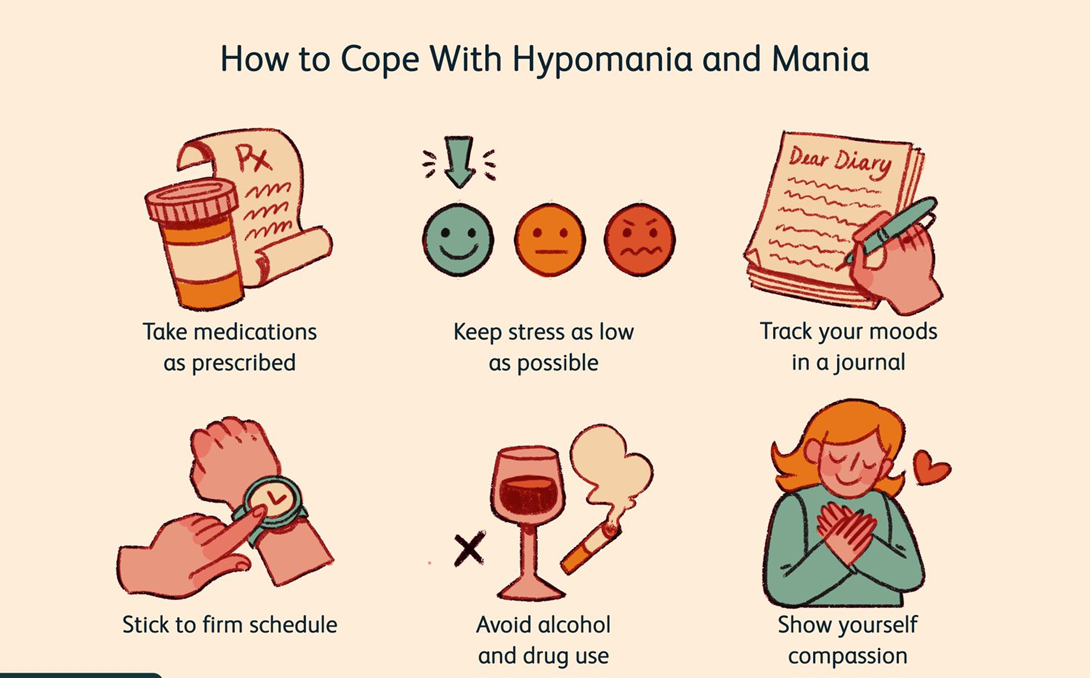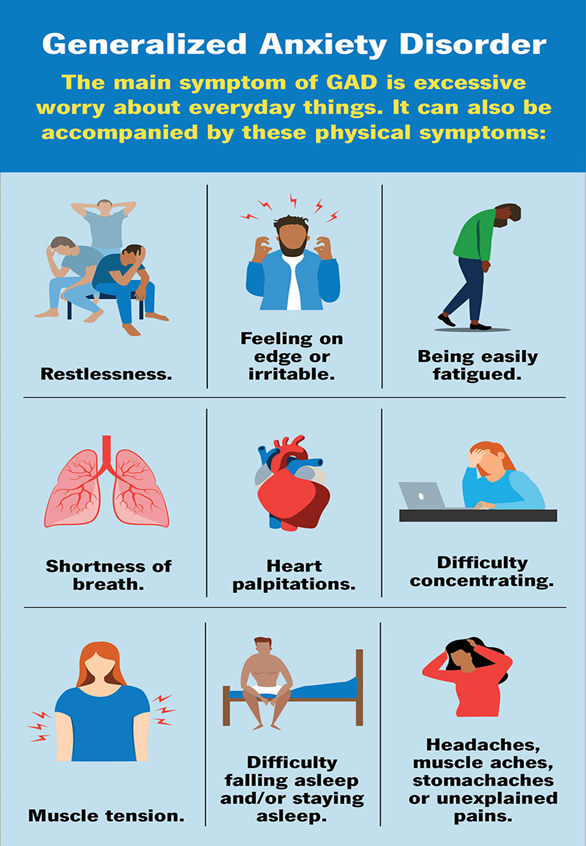A nurse would expect to administer which of the following medications to a client who is escalating to the point of a possible assault?
Lorazepam
Valproic Acid
Bupropion
Sertraline
The Correct Answer is A
Choice A Reason:
Lorazepam is a benzodiazepine commonly used to manage acute agitation and anxiety. It works by enhancing the effect of the neurotransmitter GABA, which has a calming effect on the brain. Lorazepam is often administered in emergency situations to quickly reduce agitation and prevent escalation to violence. Its rapid onset of action makes it an ideal choice for managing acute episodes of agitation and potential assault.

Choice B Reason:
Valproic acid is an anticonvulsant and mood stabilizer used primarily for the treatment of epilepsy and bipolar disorder. While it can help manage mood swings and prevent manic episodes, it is not typically used for the immediate management of acute agitation or aggression. Its effects are not rapid enough to address an escalating situation effectively.
Choice C Reason:
Bupropion is an atypical antidepressant used to treat major depressive disorder and to support smoking cessation. It works by inhibiting the reuptake of norepinephrine and dopamine, but it does not have the sedative properties needed to manage acute agitation or aggression. Therefore, it is not suitable for immediate intervention in a potentially violent situation.
Choice D Reason:
Sertraline is a selective serotonin reuptake inhibitor (SSRI) used to treat depression, anxiety disorders, and other mood disorders. While it is effective for long-term management of anxiety and depression, it does not have the rapid calming effects required for managing acute agitation or potential assault. SSRIs generally take several weeks to achieve their full therapeutic effect.
Nursing Test Bank
Naxlex Comprehensive Predictor Exams
Related Questions
Correct Answer is B
Explanation
Choice A Reason:
Clonazepam is to be used for long-term therapy in conjunction with buspirone.
This statement is incorrect. Clonazepam, a benzodiazepine, is typically used for short-term relief of anxiety symptoms due to its potential for dependence and tolerance1. Long-term use of benzodiazepines is generally avoided in favor of medications like buspirone, which do not carry the same risks of dependence.
Choice B Reason:
Clonazepam is to be used short-term until the buspirone takes full effect.
This is the correct response. Buspirone takes several weeks to achieve its full therapeutic effect. During this period, clonazepam may be used to manage acute anxiety symptoms. Once buspirone reaches its full effect, clonazepam can be tapered off to avoid long-term use and potential dependence.

Choice C Reason:
Buspirone should be taken as needed until clonazepam takes full effect.
This statement is incorrect. Buspirone is not intended for as-needed use; it must be taken consistently to maintain stable blood levels and achieve its therapeutic effect. Clonazepam, on the other hand, is used for short-term relief and should not be relied upon for long-term management of anxiety.
Choice D Reason:
Tolerance could result with long-term use of buspirone.
This statement is incorrect. Unlike benzodiazepines, buspirone does not typically cause tolerance or dependence with long-term use. It is considered a safer option for chronic management of anxiety disorders.
Correct Answer is ["B","C","E"]
Explanation
Choice A Reason:
Recommending the client distance themselves from people who knew them before their diagnosis is not a suitable measure for tertiary prevention. Tertiary prevention aims to reduce the impact of an ongoing illness by helping patients manage long-term, complex health problems and injuries. It focuses on improving quality of life and reducing symptoms. Distancing from familiar people could lead to social isolation, which might worsen the client’s condition.
Choice B Reason:
Providing the client with a multi-step written plan to follow if auditory hallucinations occur is a practical measure for tertiary prevention. This plan can help the client manage symptoms effectively and reduce the likelihood of hospitalization. It empowers the client to take control of their symptoms and provides clear steps to follow during a crisis, which can be crucial for maintaining stability.
Choice C Reason:
Risperidone as a depot formulation every 2 weeks is an effective measure for ensuring medication adherence in clients with schizophrenia. Depot formulations are long-acting injections that help maintain consistent medication levels in the body, reducing the risk of relapse due to missed doses. This approach is particularly beneficial for clients who have difficulty adhering to daily oral medication regimens.
Choice D Reason:
Increasing white bread and bananas to help with anticholinergic symptoms is not a recommended measure for managing schizophrenia. While diet can play a role in overall health, there is no evidence to suggest that these specific foods help with anticholinergic symptoms. Anticholinergic symptoms are typically managed with medications and other medical interventions.
Choice E Reason:
Assisting the client to enroll in a program of assertive community treatment (ACT) is a highly effective measure for tertiary prevention. ACT provides comprehensive, community-based psychiatric treatment, rehabilitation, and support to individuals with serious and persistent mental illnesses. This approach helps clients manage their symptoms, adhere to treatment plans, and reduce the risk of hospitalization by providing continuous, personalized care.
Whether you are a student looking to ace your exams or a practicing nurse seeking to enhance your expertise , our nursing education contents will empower you with the confidence and competence to make a difference in the lives of patients and become a respected leader in the healthcare field.
Visit Naxlex, invest in your future and unlock endless possibilities with our unparalleled nursing education contents today
Report Wrong Answer on the Current Question
Do you disagree with the answer? If yes, what is your expected answer? Explain.
Kindly be descriptive with the issue you are facing.
